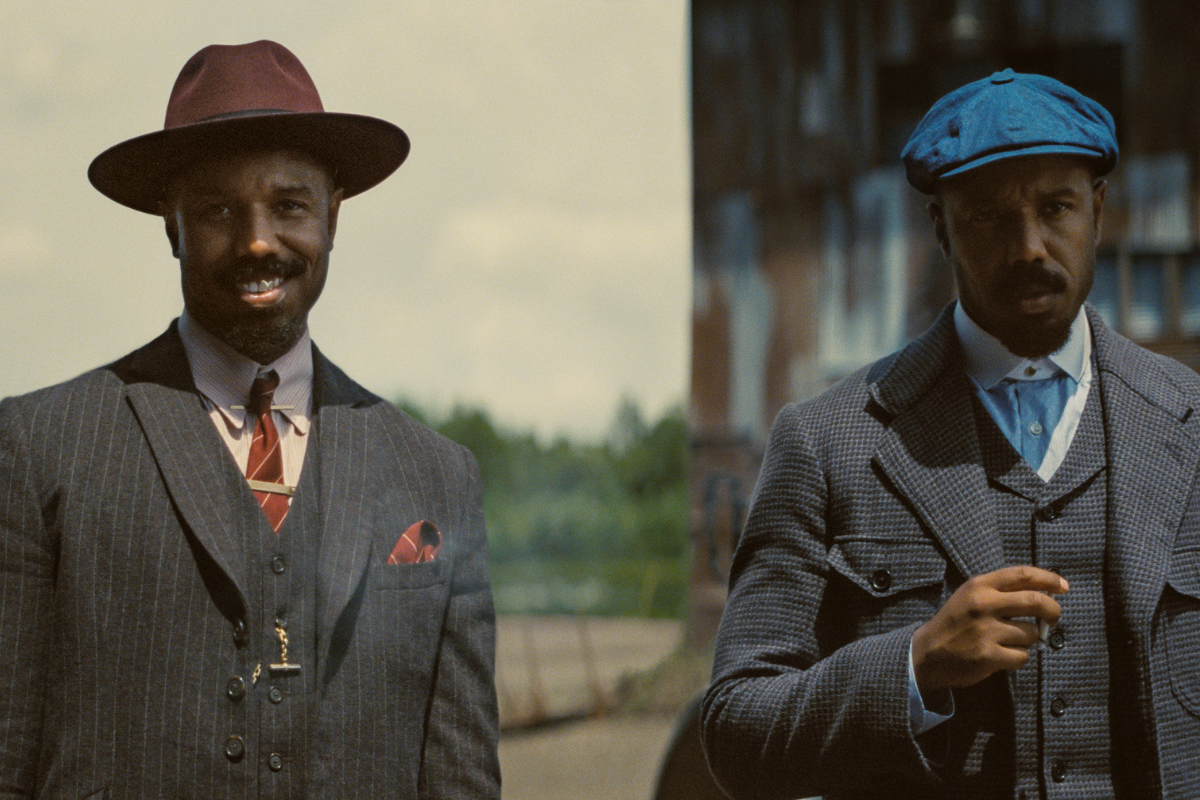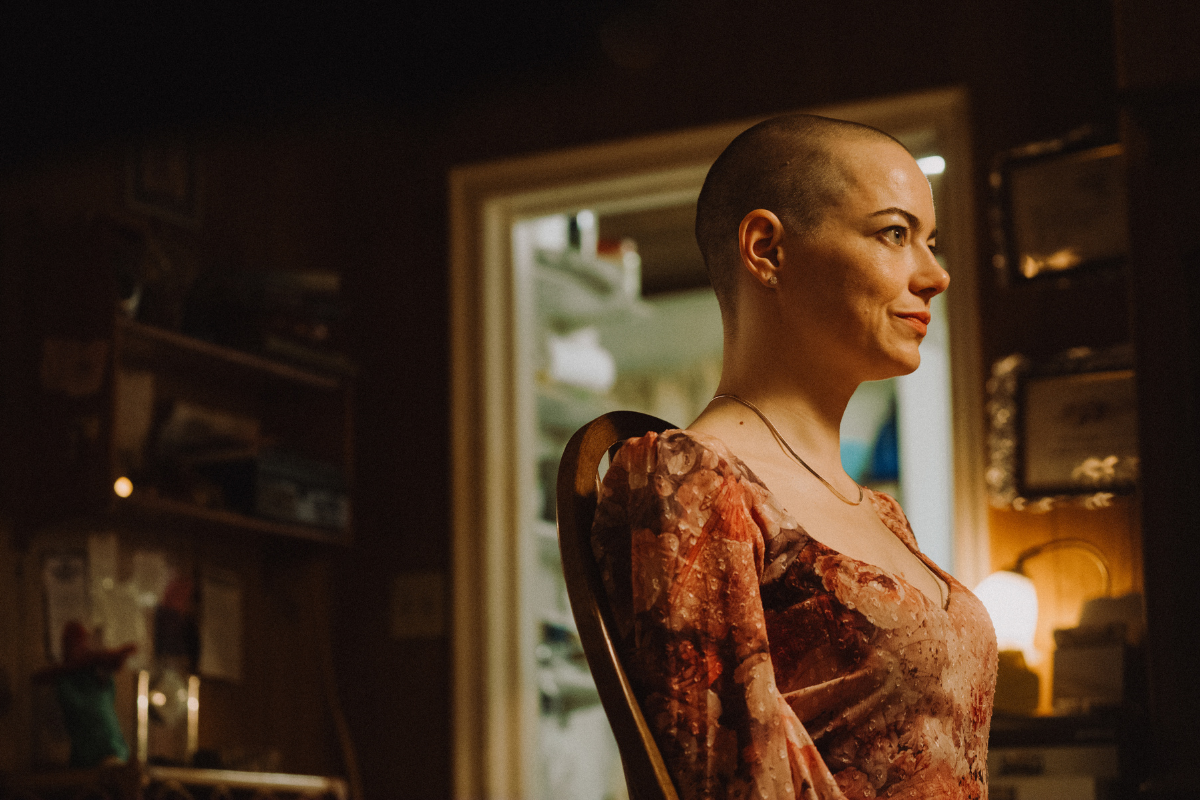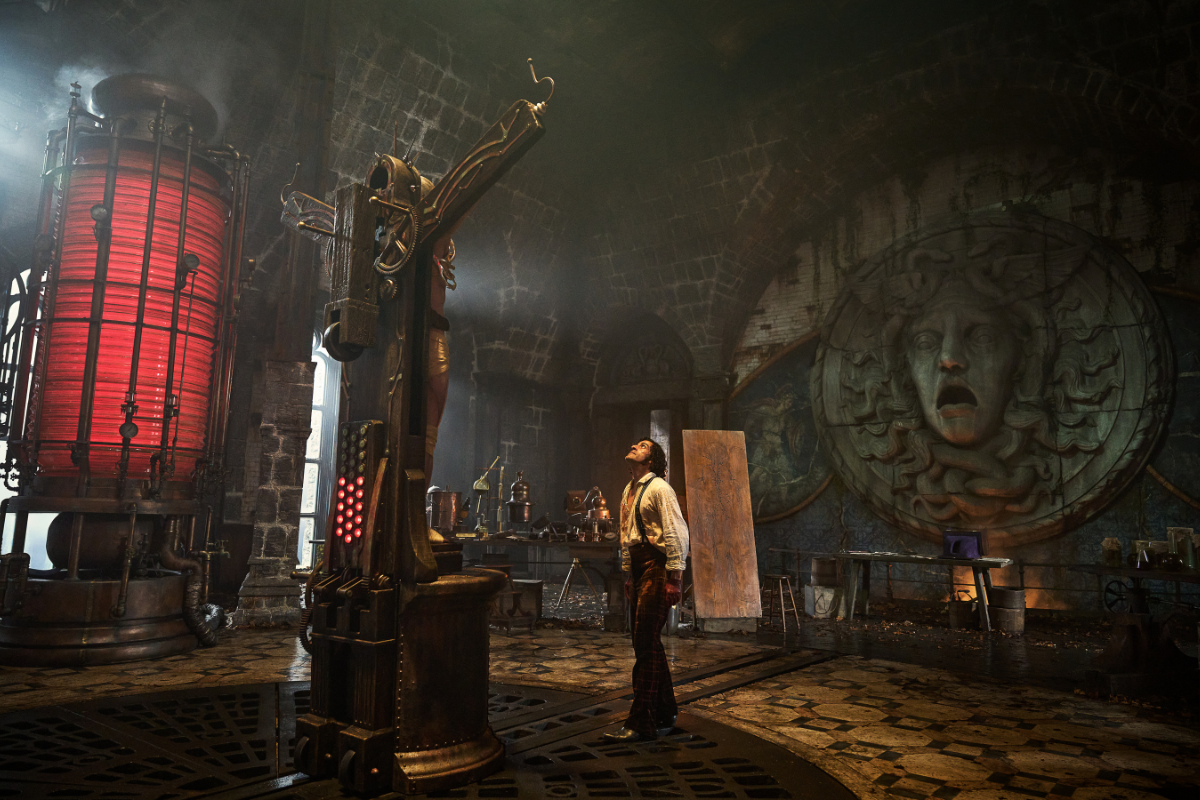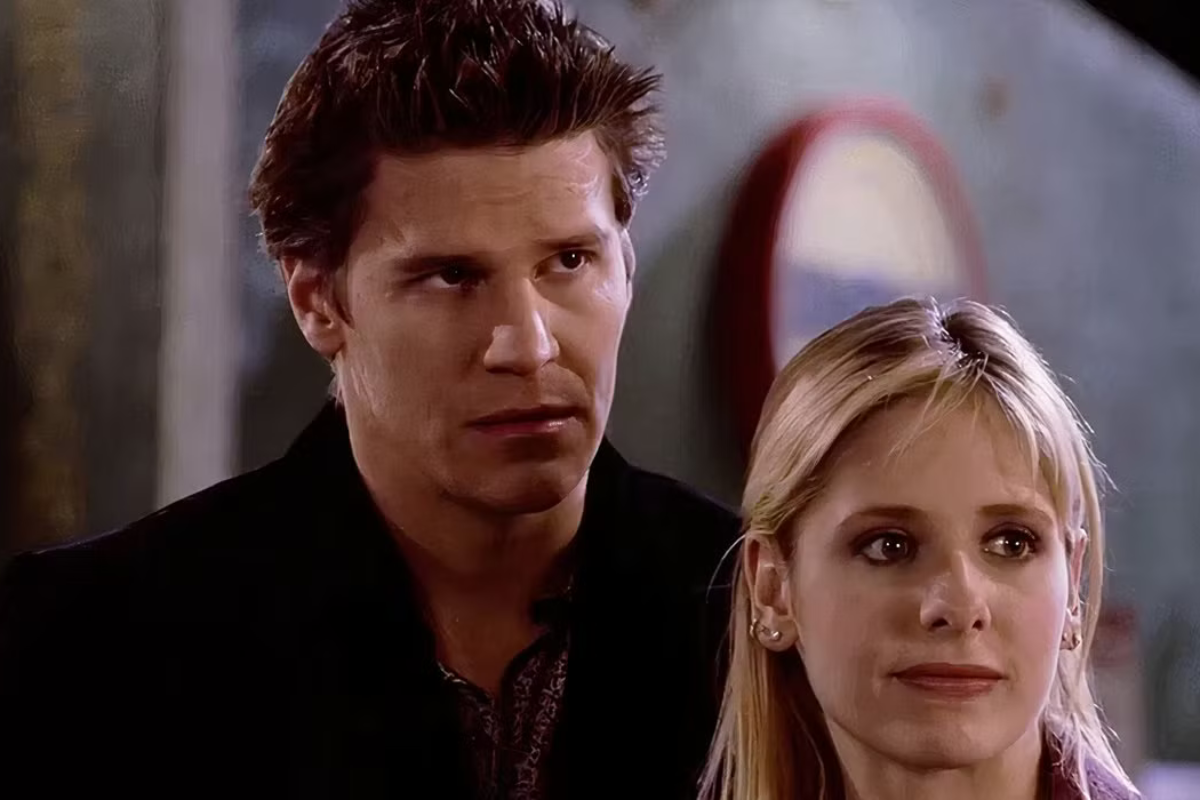MEET THE READER: The (Only) Four Elements of Screenwriting
Script reader, Ray Morton, explains why there are only four elements to screenwriting that make your story a true cinematic experience.
Script reader, Ray Morton, explains why there are only four elements to screenwriting that make your story a true cinematic experience.
There are only four elements you can use to tell a screen story: images, action, sound effects, and dialogue.
Cinema is a visual/audio medium. Viewers can only experience what they see on the screen or what they hear coming out of the speakers. They can see images of people and places and objects; they can watch moving images of action – both small bits of personal behavior and large chunks of kinetic activity (fights and chases and stunts and so on); they can hear noises and music; and they can listen to the things the people they are seeing on screen are saying to one another.
That’s it – there are no other options. And therefore these are the only elements that screenwriters can employ to tell their tales. Fortunately, these elements are wide-ranging – the world is a very varied place and with the assistance of special effects and CGI, there is no limit to the amount or types of people, places, things (including imaginary ones), or action that can’t be photographed. Likewise, with the assist of the proper technology, there is literally no limit to the amount or types of sounds that can be recorded.
These elements are all also quite plastic – they can be mixed, matched, and juxtaposed in infinite combinations. So, while a screenwriter’s toolbox only contains a few implements, the potential variations within those utensils allow him to tell any story he wants. However, that story must be told in a very narrow fashion. When writing a script, the screenwriter must limit himself to describing only what can be seen or heard – anything else is wasted effort.
Images and sound are external elements and therefore screenwriters must avoid the internal. They must not tell us what their characters are thinking, feeling, realizing, deciding, or remembering. Instead, they must externalize these thoughts, feelings, realizations, decisions, or recollections.
For example, instead of writing that a character feels angry in the text of a script, a screenwriter should instead devise and describe an image or an action that demonstrates the character’s anger (e.g. the character can slam a door or kick a chair or something similar). Or instead of telling us what a character is thinking about, a screenwriter can have that character tell another character what’s on his mind. All of this may seem very elementary and obvious, but you would be surprised at how many writers both amateur and experienced make this very basic mistake and how frequently they make it.
Likewise, all exposition must also be externalized. Exposition is the background information the audience needs to know in order to be able to understand and follow what is going on in the story. Many writers type this information into the texts of their screenplays but fail to transform it into images, actions, or sounds that will communicate this information to viewers.
The simplest way to externalize exposition is to transform it into dialogue, but expository dialogue can often be clunky or dull, so it’s a good idea to try to find other methods of externalizing exposition as well. Some obvious (and these days overused) expository devices are flashbacks and cut-aways. It can be difficult to deliver exposition through imagery, but if a way can be found it is often much more effective and satisfying.
One of my favorite pieces of visual exposition comes from Indiana Jones and the Last Crusade – to let us know that an airship Indy is traveling in is turning around, the film presents an image of shadows cast by cups on a table reversing direction.
Time changes must also be externalized. In some scripts, time changes are written into the text (“Later that morning, Joe walks to work”). In others, temporal alterations are incorporated into the scene headings (INT. BEDROOM – AN HOUR LATER; EXT. CITY HALL – ONE YEAR LATER; etc.). Unless you’re planning to hand out copies of your screenplay to viewers so they can read along, none of these things will get across. Effective visual solutions include supered titles, pictures of clocks showing different times, and so on. And of course, dialogue can be a solution to this problem as well.
Literary style doesn’t work in a screenplay. Long, lovingly-composed descriptive passages telling us how the morning sun falls like a gentle caress on the countryside, dappling each leaf on every tree with glowing dots of yellow and cause each drop of morning dew on each blade of grass in the meadow to glow with a brilliant radiance that reflects on the small church nestled in the loving bosom of a bucolic valley are a complete waste of page space, because none of this overkill can be translated into pictures or sound. Young writers thing that these intricately detailed sentences will somehow inform the imagery in the film, but they won’t. No director or cinematographer is ever going to shooting sun-dappled leaves or brilliantly-illuminated dew. All this sort of description will produce is a shot of a church in a meadow in the morning so it’s best to just write that in the script and move on. And don’t bother with similes or metaphors or any of those other literary devices Mrs. Johnson taught you in AP English. Such things cannot be photographed. Just write what the character says and does and leave it at that. Your job as a screenwriter is to tell a story, not to win the Nobel Prize for literature.
Finally, don’t tell us what things are not. A popular screenwriting trope among young writers is to tell is that “Fred is 20, but he looks 50,” or “Katie is usually calm, cool, and collected, but when we meet her now she is uncharacteristically frantic,” or that “things are not as they seem.” In a movie, everything is exactly what it seems. As I’ve said, audiences can only know what you show them, so it does no good to tell us what you are not showing us. If you show them someone on screen who looks 50, they are going to assume that character is 50. If you introduce a character behaving in a frenzied and harried manner, we are going to assume they are always frenzied and harried.
When you sit down to write a movie, you must train yourself to compose exclusively in pictures and in sound. If you don’t, you may produce an interesting piece of writing, but you will not produce a screenplay. If you do, you may just create cinema.
THE END
Copyright © 2018 by Ray Morton
All Rights Reserved
No portion of this article may be copied, reprinted,
or reposted without the permission of the author
However, feel free to link to this piece to your heart’s content
Need help getting past the reader? Download our on-demand webinar, The Top Reasons I Pass on a Script: How to Go From Pass to Recommend
DOWNLOAD NOW!
Ray Morton is a writer and script consultant. His many books, including A Quick Guide to Screenwriting, are available online and in bookstores. Morton analyzes screenplays for production companies, producers, and individual writers. He can be reached at ray@raymorton.com. Twitter: RayMorton1







